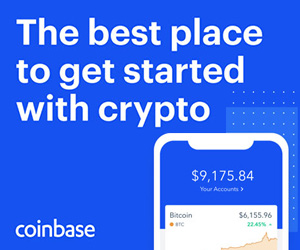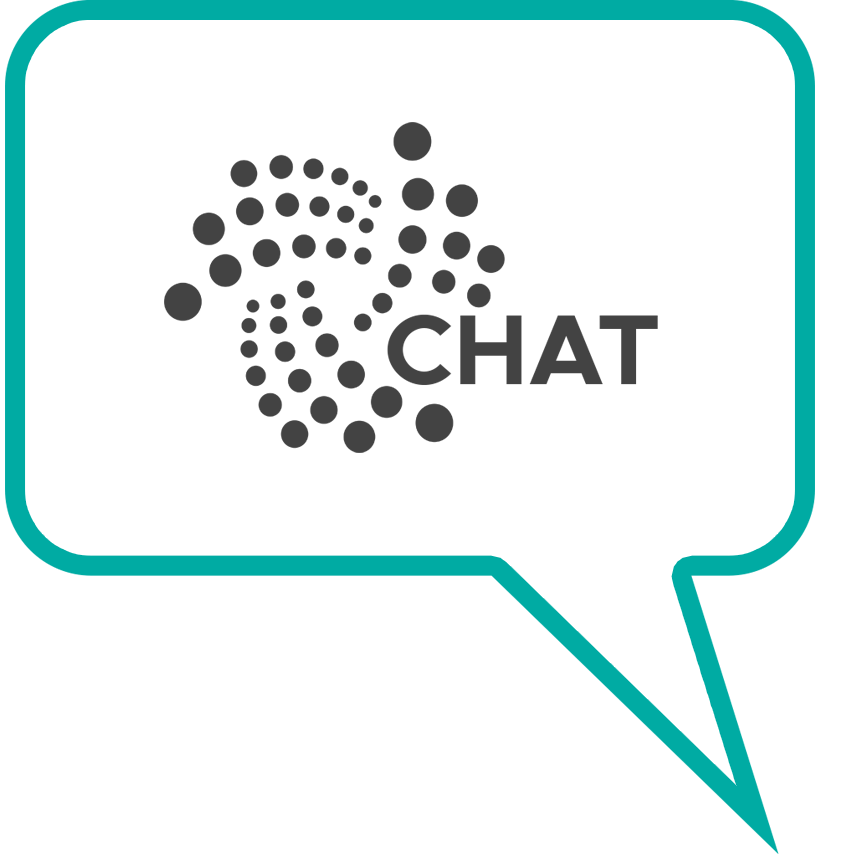
Volkswagen – Putting blockchains on the road
Volkswagen AG is testing blockchain systems. This crypto technology offers enormous potential for maintenance, logistics, self-driving vehicles, and specialized solutions such as tamper-proof odometers.
What requires the energy from around five nuclear power plants but has only a virtual existence? The cryptocurrency Bitcoin. It is the most popular area of application for blockchain technology. Blockchain models cover a number of different approaches, all of which have one thing in common: they are very secure. Most of them have thus far been used for digital currency, such as Bitcoin, IOTA, and Ethereum. But this new technology is finding an ever greater number of applications. Benjamin Sinram and Nicolai Bartkowiak from Volkswagen Group IT are working full steam ahead to bring blockchain technology to the road.
Blockchain potential in the Volkswagen Group
“We want our customers to become familiar with blockchain systems,” says Sinram. He and Bartkowiak not only study concrete applications themselves, but also have built up a network of nearly 300 employees in the Volkswagen Group, across all the brands, who exchange ideas on this topic and meet multiple times a year. “Our contacts among the different brands enable us to work very efficiently. The atmosphere is open, and we’re happy to include interested individuals from any department,” says Sinram.
There is a lot of potential for blockchain applications in the Volkswagen Group, from maintenance, logistics and digital applications to specialized solutions such as tamper-proof odometer readings. “Blockchain technology also offers a lot of opportunities when it comes to self-driving vehicles. It can protect cars from hackers better than other technologies, and help with automatic payments at fueling stations or car washes,” explains Bartkowiak.
How blockchains work

Nomen est omen: The term “blockchain” refers to a series of data blocks that are linked – or “chained” – to each other. Sinram uses the game “I packed my bag” as a way of illustrating some parallel principles. For one thing, numerous people can participate in the game – just as in the blockchain with its decentralized distribution. Moreover, all of the participants make sure that no one fudges, i.e. that the bag or the data block really does contain what belongs in it. If the bag already has a swimsuit, an inflatable crocodile and a towel, and the next player who wants to add sunglasses says, “I packed my bag and in it I put a swimsuit, a crocodile, and … sunglasses!” then everyone indignantly objects, saying: “You forgot the towel!” The data blocks in a Bitcoin blockchain don’t contain swimsuits, but it is immediately evident if something is missing or has been manipulated. This works on two levels.
For one thing, each block contains information about all the preceding blocks in an encrypted and compressed form known as a “hash,” which is a series of 32 digits. The hash is essentially a distinctive digital fingerprint. And each one of these fingerprints is created on the basis of the previous fingerprint. This generates a chain of linked data blocks. If one of the blocks is changed, it no longer fits in with the rest of the chain. Moreover, there is not just one chain on a central server, but somewhere between 20,000 and 40,000 copies of this chain distributed across mainframe and private computers around the world. Each one of these nodes is automatically connected with all the others. If one of the nodes is changed, it no longer fits the system – which thereby protects itself.
What is a distributed ledger?
Blockchains are often called “ledgers.” This bookkeeping term describes a central register that shows all the movements of funds at a company. “Distributed ledger” technology is based on the principle of distributing numerous copies of this register online. If one copy is tampered with, it is rejected, because everyone else has the same register and can easily spot local manipulations. Ever greater use is also being made of “smart contracts” that can perform processes automatically, such as ordering specific car parts when needed and thus keeping warehouse levels up to date.


